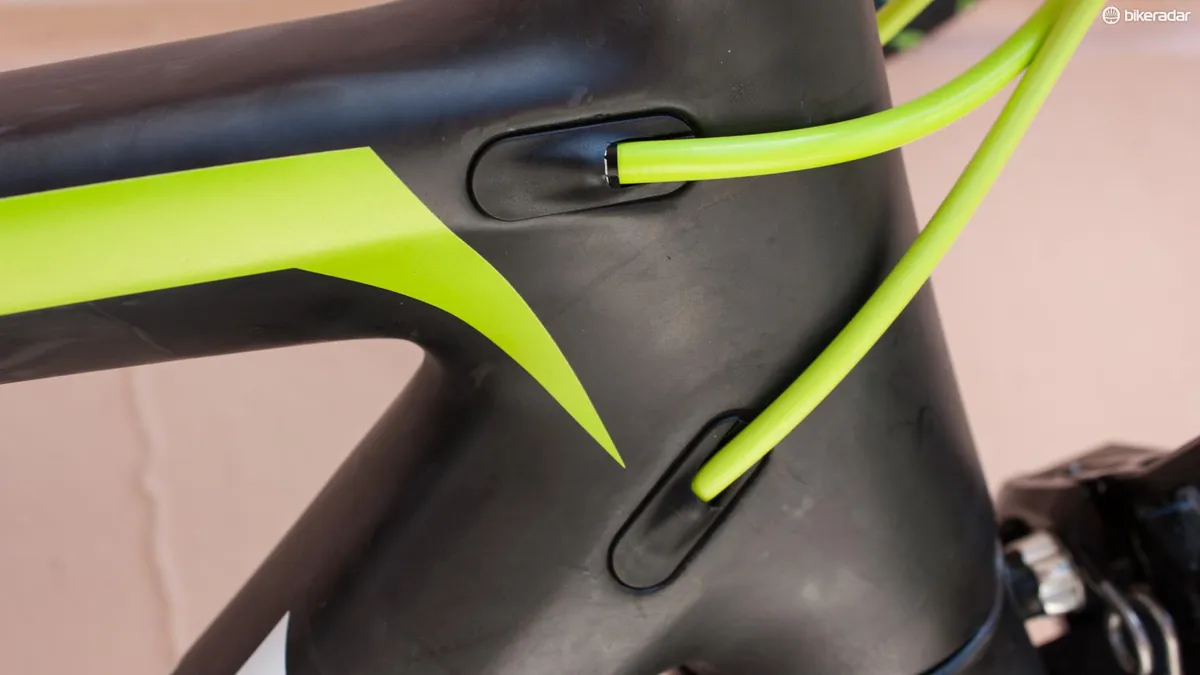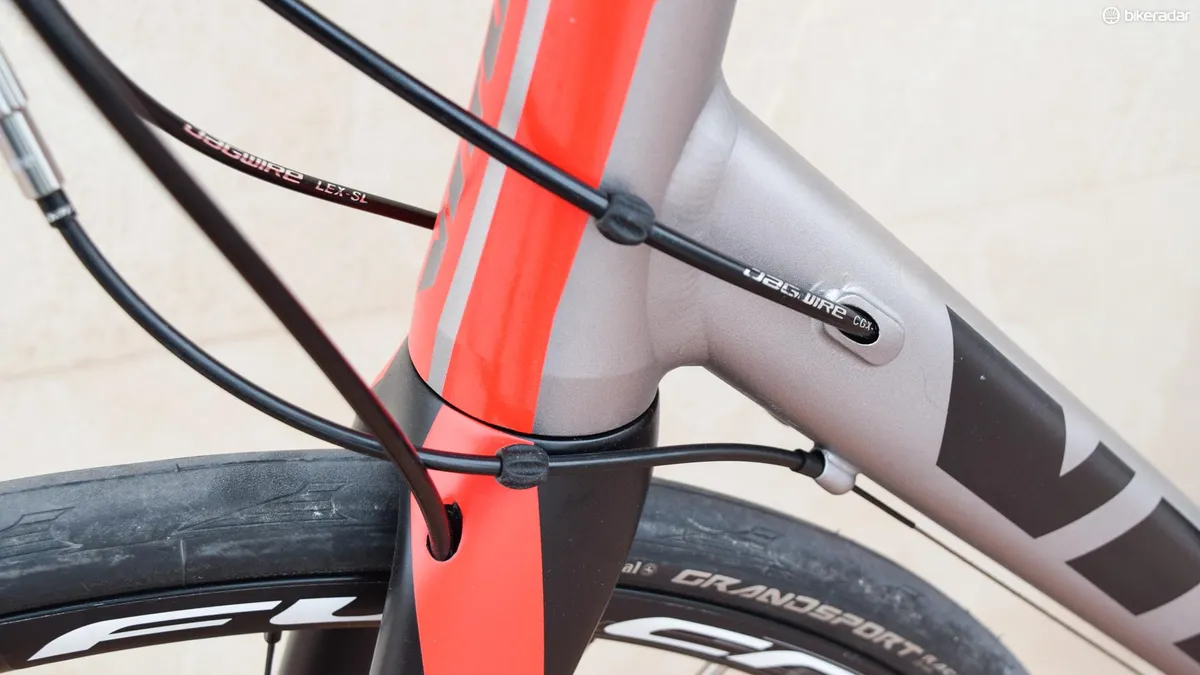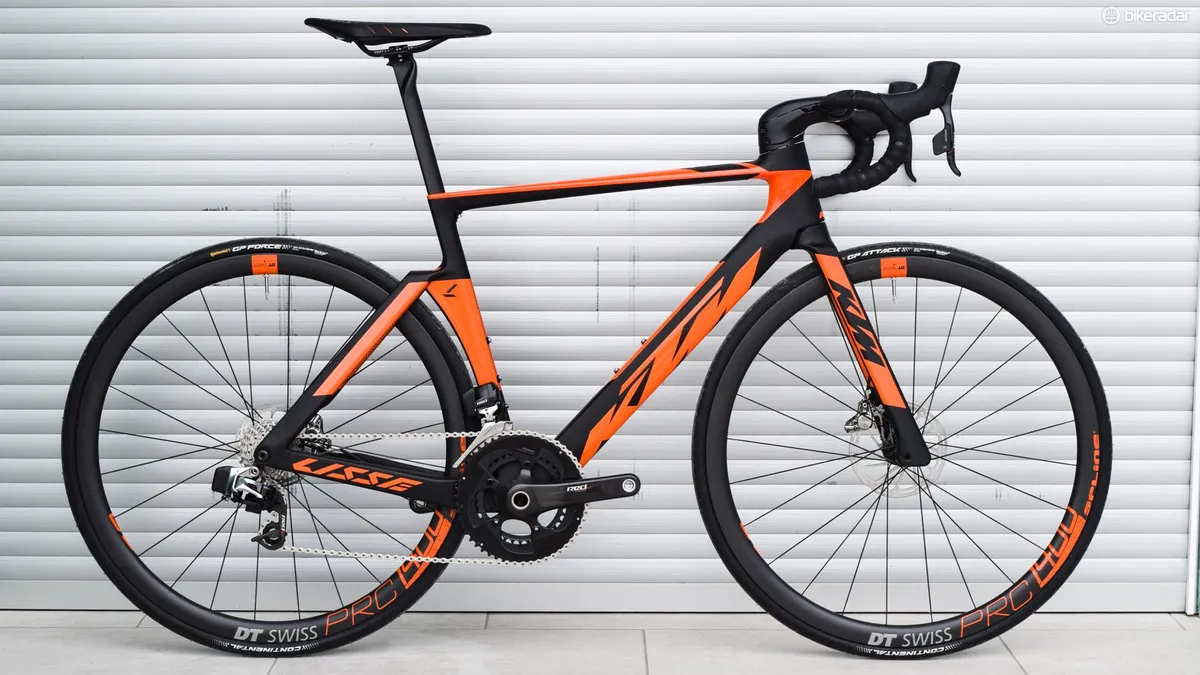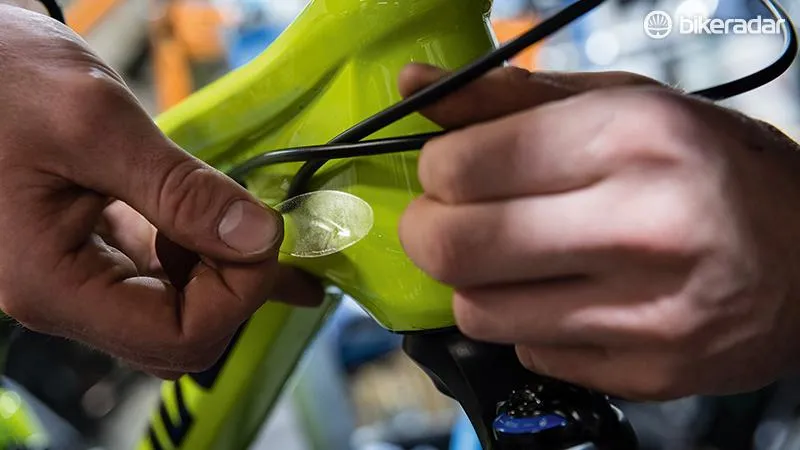The modern bicycle is a marvellous thing. What we now take for granted as 'entry-level' is jaw-droppingly good compared to high-end kit from even just a few years ago, whether we're talking about road or mountain bikes. At the same time, the new cutting edge is mind-blowing — think sub-700g road frames or sub-13kg e-bikes.
- How to tidy up your cables
- How to replace the gear cables on your road bike
- Do you care where your bike is made?
People vote with their wallets when they buy stuff, but they do it for the big ticket things: lighter, stiffer frames; disc brakes; suspension design; electronic groupsets; shiny paintjobs; generous build specs and so forth — the stuff of cake stop and trailside bragging rights.
Normal people don't choose their bikes based on a particular bottom bracket standard or a well-designed cable stop, and so it's details like these that can fall by the wayside.
Cable routing for dummies

Good cable routing is an incredibly low hurdle over which a shocking number of bike designers still manage to stumble. Fundamentally we're talking about a very simple concept. One way or another, your brake and gear cables need to travel from the levers on your handlebars to their respective calipers and derailleurs.
On a standard road bike, that means a rear brake cable running along the top tube, and two gear cables along the down tube. (I’m ignoring the front brake, since on the vast majority of bikes it gets near-direct routing.)
From a functionality point of view, there’s no beating a traditional external cable setup, with stops attached to the outside of the frame and bare inner cables running in free air.

A setup like this minimises friction, and having the outers firmly anchored at points along the frame contributes to positive shifting and braking, with as little ‘squish’ as possible. External cabling isn’t to all tastes though and it’s virtually disappeared on high-end carbon bikes.
There are valid reasons to favour internal routing too. It’s the more aesthetically pleasing option, and hiding the cables helps protect them from contamination.
On bikes that get handled a lot as well as being ridden (commuters, ’crossers…), it prevents the cables from snagging on clothing and errant body parts.

You can't just sling a cable down a tube and hope for the best however, this approach always leads to problems.It’s not uncommon for rear brakes to be set up with a full-length outer, and some ne’er-do-well manufacturers feed the housing through the top tube with no guide and no restraint.
The result is invariably infuriating rattles over the slightest bump, and if the outer isn’t of the very best quality this also produces spongy braking as you are relying solely on its resistance to compression to transmit braking force, rather than a nice solid cable stop.
Gear outers suffer a similar fate in the down tube, flopping around like a dropped shower head.
The solution is so simple: outers should be fed through snug tubing that's fitted in the frame or if full-length isn’t deemed necessary, they should terminate at tight-fitting cable stops, with the inner cable running in free air inside the frame.
There should be no tight bends, and moving the handlebars from side to side through a full 180 degrees shouldn’t provoke any funny noises or pull on the cables at all.
It’s not just on the inside
Don’t get me wrong, I don’t have a problem with internal cabling, but I do have a problem with it as an afterthought.
Even ignoring what’s going on inside in the frame, many bike makers consistently screw things up at the handlebars, giving you a spaghetti mess of outers that snag on your knees when you’re out of the saddle, bang against each other over bumps, rub the paint off your head tube and generally ruin your otherwise excellent bicycle.

It seems slightly absurd that instead of designing cable routing to not destroy the finish of your frame, brands ship bikes with a little sheet of protective stickers, which shop mechanics are invariably too lazy or forgetful to fit. Why not relocate the cable stops?
Gear cabling can suck all round, but bad brake cable routing is more of a road issue since hydraulics rule the roost for mountain bikes.
While routing hoses can be a pain in the arse, once fitted, hydraulics do have the considerable advantage of not being too fussed about awkward bends.
This is one reason (if you need one) that discs actually make a whole lot of sense on aero bikes where elaborate frame shapes and high levels of component integration make routing a nightmare.
It’s not a big deal but it’s bloody annoying
All I’m asking is that bike designers pay the tiniest bit of attention to what should be a trivial issue.
Cables should never, ever make noise in normal riding. Cables should not wreck your bike's finish. Cables should carry out their shifting and braking duties with quiet competence. Full stop.
